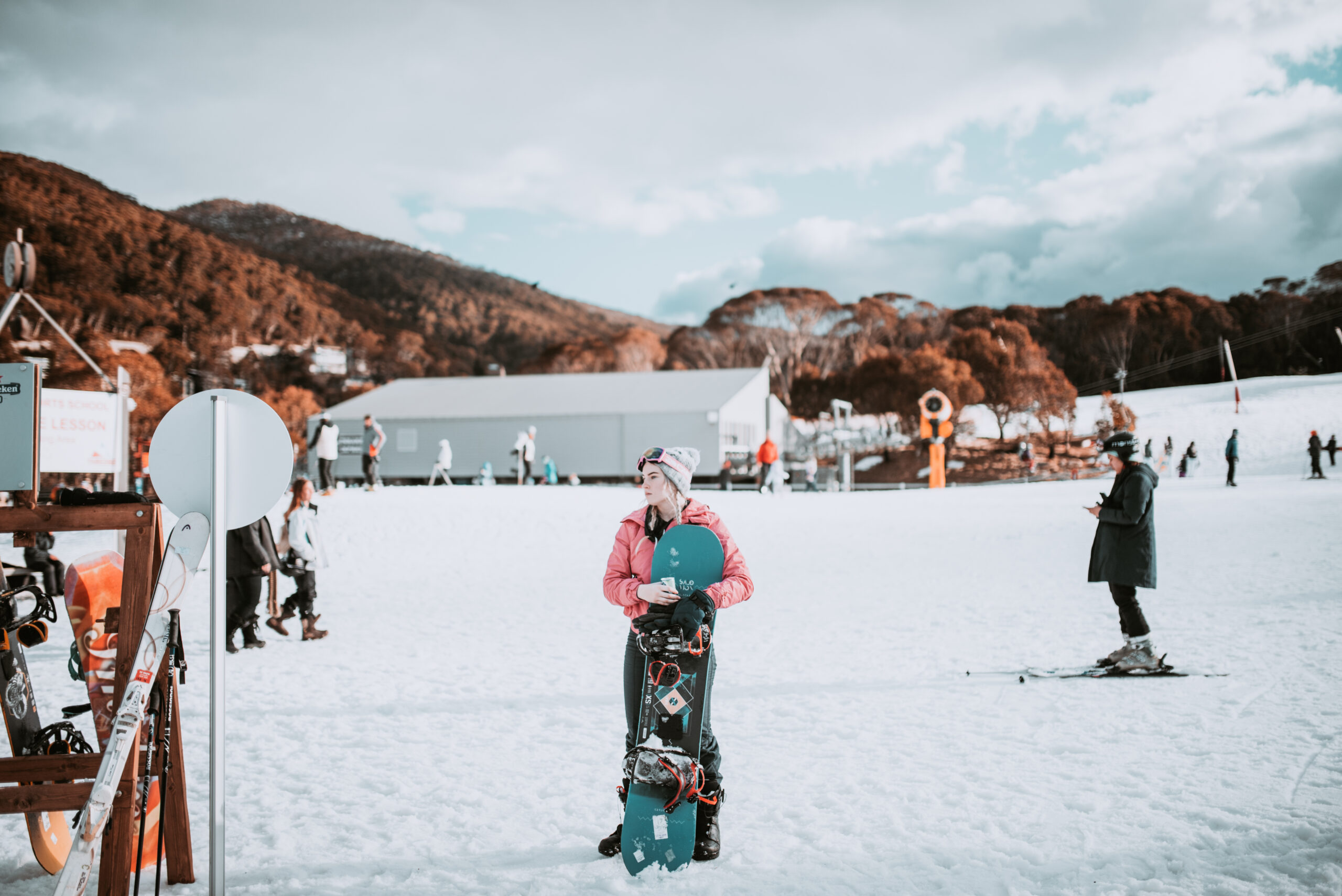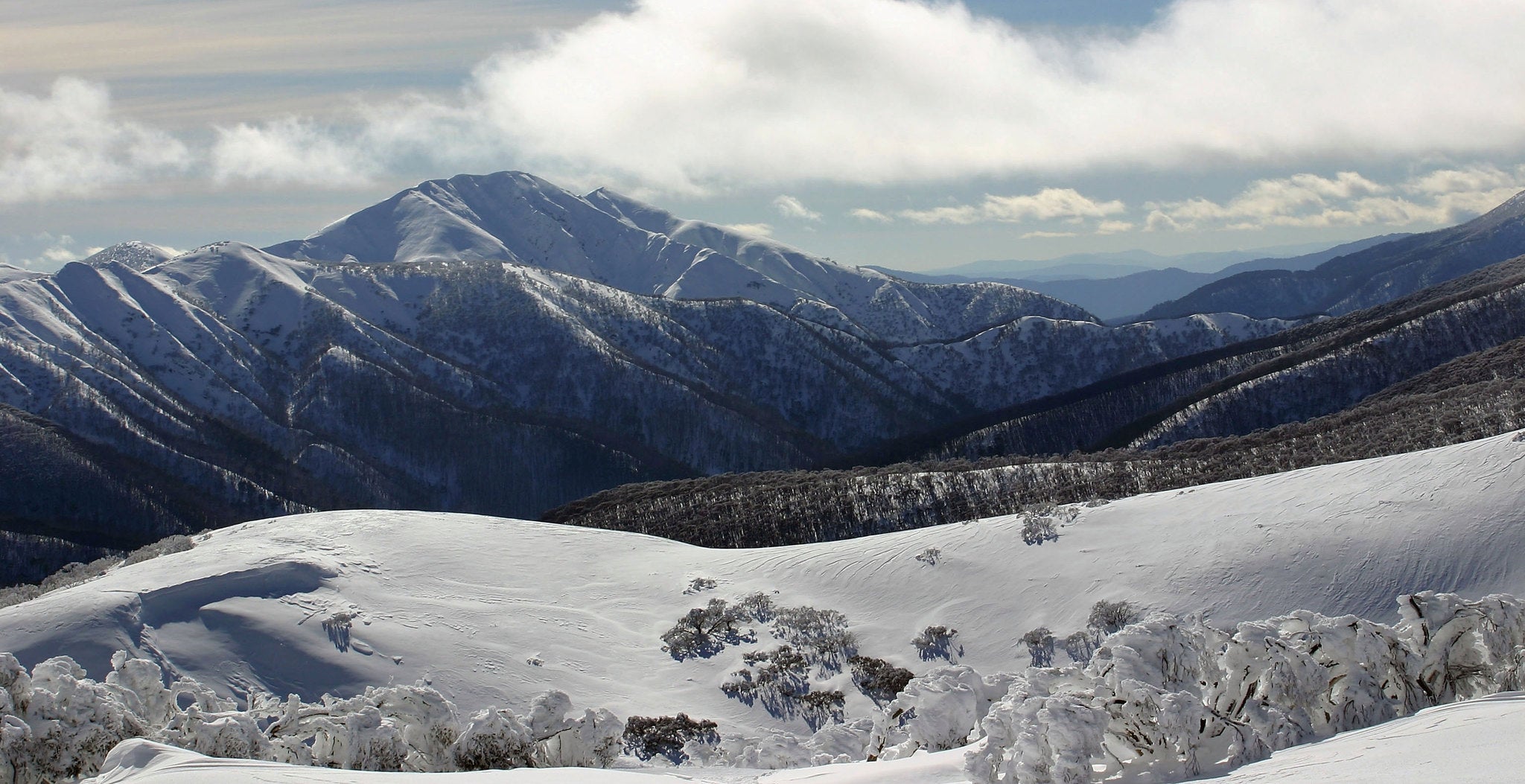Find Out About the Locations That Frequently See Snow In Australia During the Colder Months
Find Out About the Locations That Frequently See Snow In Australia During the Colder Months
Blog Article
The Different Sorts Of Snow in Australia and Their Influence on Wintertime Sports
Australia, understood for its sun-soaked coastlines, is also home to a varied range of snow conditions that significantly affect winter months sporting activities. The adhering to exploration will certainly review the effects of these snow kinds on winter months sporting activities efficiency.

Recognizing the Features of Various Snow Kinds
While numerous assume that snow is a homogeneous entity, it is important to recognize that there are various types, each with special qualities. In Australia, these variations are specifically noticable due to climatic variety. Coastal snow, discovered in areas such as the Snowy Hills, is typically wetter and denser due to high wetness material, making it ideal for snowball battles or building snowmen. On the other hand, the snow located in the indoor areas like the Australian Alps is drier and lighter, usually contrasted to a cosy powder. These differences in snow kind aren't merely visual; they dramatically influence winter sporting activities, determining the simplicity of movement, the speed obtainable, and the degree of control required from professional athletes.
The Influences of Powder Snow on Snowboarding and Snowboarding
Despite its light and fluffy appearance, powder snow in the Australian Alps provides both one-of-a-kind obstacles and chances for winter months sports fanatics, particularly those engaged in winter sports and snowboarding. The loose, dry nature of powder snow can at first be hard to browse for novices, requiring cautious balance and control. For even more seasoned professionals, the soft, untracked snow offers an exhilarating experience, allowing for nimble and vibrant activity - Does Australia Get Snow. The flexible and smooth surface area of powder snow likewise decreases threat of injury during falls, making it a recommended selection for severe wintertime sports. It's worth noting, the differing deepness and unforeseeable nature of powder can sometimes lead to covert challenges, calling for continuous caution.

The Obstacles and Advantages of Stuffed Snow in Winter Sports
Moving emphasis from the loose, dry powder snow, an additional prevalent kind of snow in the Australian Alps is packed snow, positioning its own set of difficulties and benefits in the world of wintertime sports. This denser, extra solidified type of snow supplies a quicker, slicker surface area, profiting sports like downhill winter sports and snowboarding, improving speed and accuracy. The exact same characteristics also existing obstacles. Its tough surface area can be high-risk, enhancing the possibility for injuries during drops. Moreover, navigating turns and regulating rate can be difficult on jam-packed snow, calling for higher skill degrees from athletes. Despite these obstacles, loaded snow continues to be a critical element in many winter months sports, forming the efficiency and approaches of professional athletes.
The Role of Wet Snow in Australian Winters Months Gamings
Unlike the dense, glossy surface of stuffed snow, wet snow plays a completely various duty in Australian winter games. Characterised by its high dampness content, wet snow influences the speed and control of wintertime sports participants. Its hefty, sticky nature can be testing for professional athletes, especially in skiing and snowboarding where rate and manoeuvrability are critical. Its pliability makes it optimal for snow sculpting events and for fortifying snow structures in sporting activities like snow fort fights. Despite its pitfalls, damp snow introduces an one-of-a-kind dynamic to winter games in Australia, screening professional athletes' versatility and durability, and serving as a pointer of the diverse weather they have to be prepared to deal with.

How Slushy Snow Influences Wintertime Sports Performance
Proceeding the exploration of differing snow problems in Australia, the impact of slushy snow on winter sporting activities is an additional intriguing aspect. Slushy snow, resulting from warmer temperatures or direct sunshine, positions unique obstacles to professional athletes. It reduces speed and needs raised exertion as the tools penetrates the soft, water-saturated snow. In winter sports and snowboarding, slushy conditions can impact the predictability of turns and jumps, enhancing the danger of mishaps. For snowmobiling, the equipment's efficiency might be prevented as it has a hard time to maintain grip. Thus, slushy snow transforms the wintertime sporting activities landscape, demanding not just increased physical effort from athletes however likewise a higher emphasis on safety precautions.
Adapting Winter Season Sports Techniques to Different Snow Conditions

Conclusion
In conclusion, Australia's varied snow kinds considerably impact wintertime sporting activities efficiency. Each kind, from the glossy coastal snow to the drier interior powder and the hefty, sticky wet snow, offers special obstacles and advantages. Hence, athletes have to adapt their techniques to browse these varying problems successfully. The snow's developmental role emphasizes the significance of recognizing its qualities to optimize efficiency and security in Australia's winter months sporting activities landscape.
Shifting focus from the loosened, dry powder snow, an additional prevalent type of snow in the Australian Alps is stuffed snow, presenting its own collection of obstacles and advantages in the world of winter months sports visit site - Snow In Australia.In contrast to the thick, glossy surface of jam-packed snow, damp snow plays an entirely various function in Australian wintertime games. Its malleability makes it perfect for snow sculpting occasions and you can try these out for strengthening snow structures in sports like snow ft battles.Proceeding the expedition of varying snow conditions in Australia, the effect of slushy snow on winter sporting activities is another fascinating variable. Each type, from the slick coastal snow to the drier indoor powder and the heavy, sticky damp snow, presents distinct obstacles and advantages
Report this page